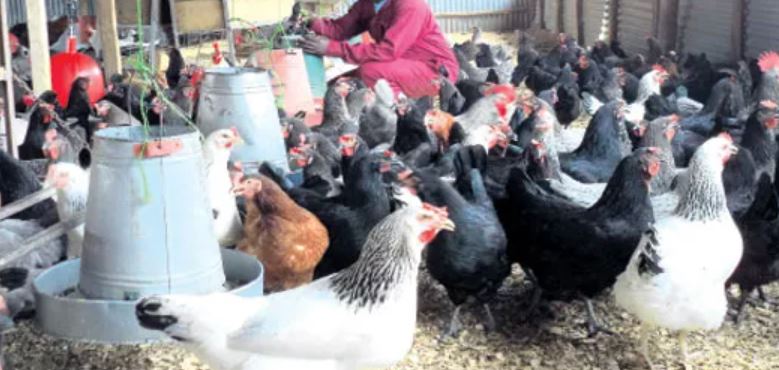
- What birds are good to keep – broilers or layers?
Both types of birds have good profit margins if the genetics are right, nutrition is robust, housing is comfortable and general animal husbandry practices are superb. The difference is that broilers will give you returns quickly more often in a lump sum within 33-37 days. Layers will give you first returns from 16-18 weeks and you can break even in 100 days. The profits are spread over a long period, referred to as amortisation. The trick is in prudent feed efficiencies.
- How much money does it cost to keep birds?
On average broiler chicken will cost approximately Sh345 to achieve a live weight of 1.7 kg. Layers will cost approximately Sh400 pullet up to point of lay.
- Where can I sell my broilers?
Ready market for broilers is in fast-food joints, hotels, restaurants, nyama-choma zones, home consumption, supermarkets and chicken butcheries. There is a growing popularity for kuku choma and dunga. There are more than a million ways of adding value to chicken for ease of marketing.
- When do I sell my broilers?
Broilers are best cropped based on weights of 1.65-1.75kg for fast food outlets. Some markets will price per kilo while others per piece.
- When do layers start laying?
Layers mature at 1.55 kg body live weight at 16-18 weeks under good management.
- For how long do layers lay?
Production period for layers ranges between 18-100 weeks.
- What do I do with layers when they stop laying?
They are sold as spent layers, price vary from Sh200 to Sh300.
- How do I construct a chicken house?
A chicken house must be well ventilated. Open wall must be not less than five feet-high on both long sides. Solid walls must not be more than three feet high.
- How much space do I need?
Broilers require one square foot per bird while layers need, two square foot per bird.
- Can I make storey floors?
Yes, the upper must adhere to poultry house standards. The upper floor must be sealed off completely such that no litter or dirt falls to the lower house. In storey floors, it is advisable to keep birds of same age in an all-in, all-out system.
- Can I keep layers and broilers in same house?
Birds of different types and ages must be housed separately. Best practice is an all-in all-out/single age. Multi-age or multi-breed farms pose high disease risks.
- How far should the houses be from each other?
Ideal distance between houses is 10 metres, however, provide at least five metres in small plots.
- What do I put when it is very cold?
Used-feed bags can be used as curtains when brooding because they are porous, and this allows ventilation. Never use polythene bags as this may cause suffocation.
- I have some rental house with windows can I use them?
Minimum ventilation is key. Birds require fresh air. Improvised houses do not provide adequate ventilation.
- What is the ideal floor type?
Best floor is concrete because it is easy to clean, however floors could also be made of wood/concrete or murram. When placing chicks, provide litter made of wood shavings, chopped straw, rice or coffee husks. Ensure the floor is compact and well-drained.
- Can I use sawdust and how much do I put?
Sawdust is not preferable as chicks may tend to feed on it, it’s not absorbent, tends to wet and cake easily. It also creates a good environment for coccidiosis to thrive. It becomes dusty thus poor air quality and predisposes layers to respiratory conditions and egg peritonitis. Litter can be made of wood shaving, chopped straw or rice husks. Put thickness of four to six inches.
- How do I construct laying nests?
They are two types of laying nests.
Individual laying – one cubic feet raised at least one foot off the ground. One nest to be shared by five birds. Communal nests – dark room to accommodate several birds at a time.
Construct nest on the darkest side of the house.








